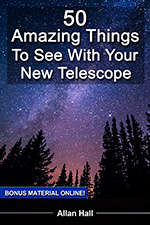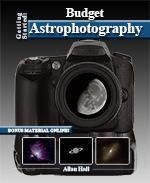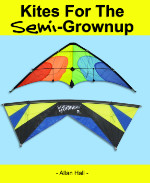The difference between DSLR and CCD astrophotography cameras is pretty immense. Most people when searching for astrophotography equipment for beginners choose DSLR astrophotography because they either already have one or they are far cheaper to start with. When you go from DSLR astrophotography to a monochrome CCD you lose live view, but gain chip cooling. You lose color but gain sensitivity. You can lose pixels but gain resolution. Wait a minute! How can you gain resolution if you lose pixels? Easy, you no longer have the Bayer matrix turning every four pixels into one so your monochrome CCD in effect has four times the stated resolution. Yeah, I know it isn’t that cut and dried, but seeing the images from both it sure starts to ring true. Here is a DSLR astrophotography image of M8 taken with a 16.7MP Nikon D7000, 36 300sec lights and 25 darks:
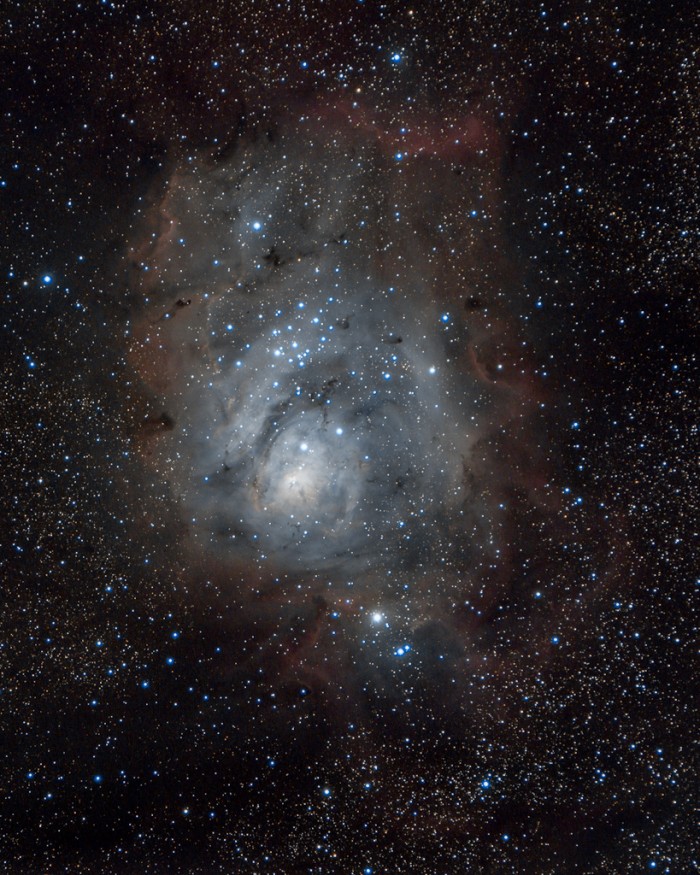

Once I decided to switch to CCD astrophotography I started looking for a camera trying to find the best CCD camera for astrophotography. Out of all the choices out there for astrophotography CCD cameras I picked an Atik 383L monochrome as it fit my needs and budget the best. Now here is the same target, same telescope, same mount, same capture software, same processing software, but with only an 8MP monochrome CCD shooting through a 6nm Hydrogen Alpha filter. That’s right, HALF the resolution:
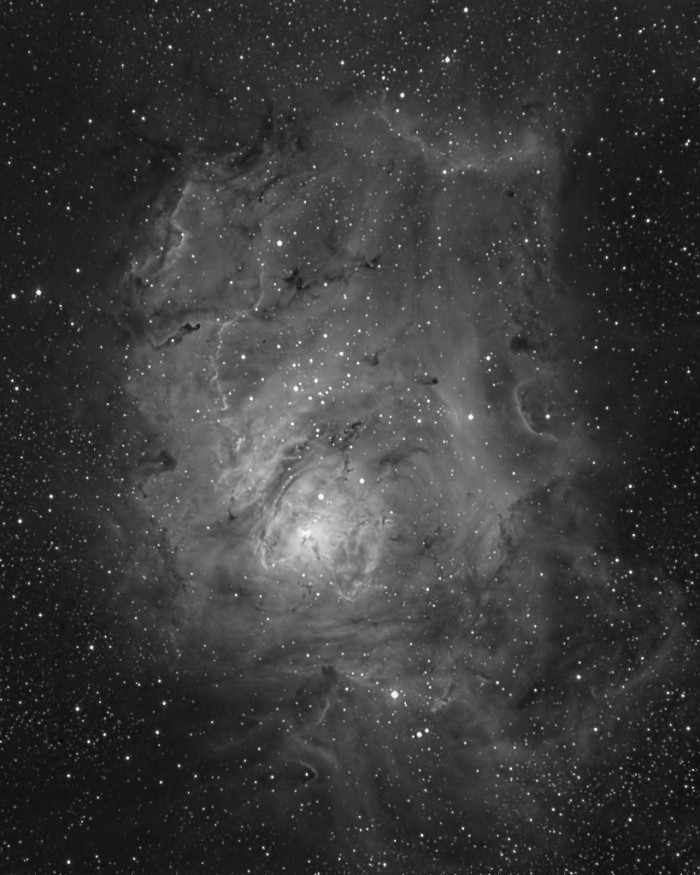

So now the thing that people always bring up when looking at monochrome CCD astrophotography is to shoot narrowband or RGB with filters on monochrome takes three times as long because you have to shoot through three different filters. True enough, but when I can get results like these with one fifth of the total exposure time, even if I have to shoot through three filters it still works out to less time exposing to get better images. I am still working on combining the Ha, OIII and S2 together to make a single color image and unfortunately the night I took this image I did not get enough usable OIII or S2.
Sure there are lots of things still to work out when switching from DSLR astrophotography to shooting CCD astrophotography but with a start like this it sure looks promising.
Stay tuned for the results of the first color combination coming soon!
I hope you enjoyed seeing the Difference between DSLR and CCD astrophotography!
Share this post!






